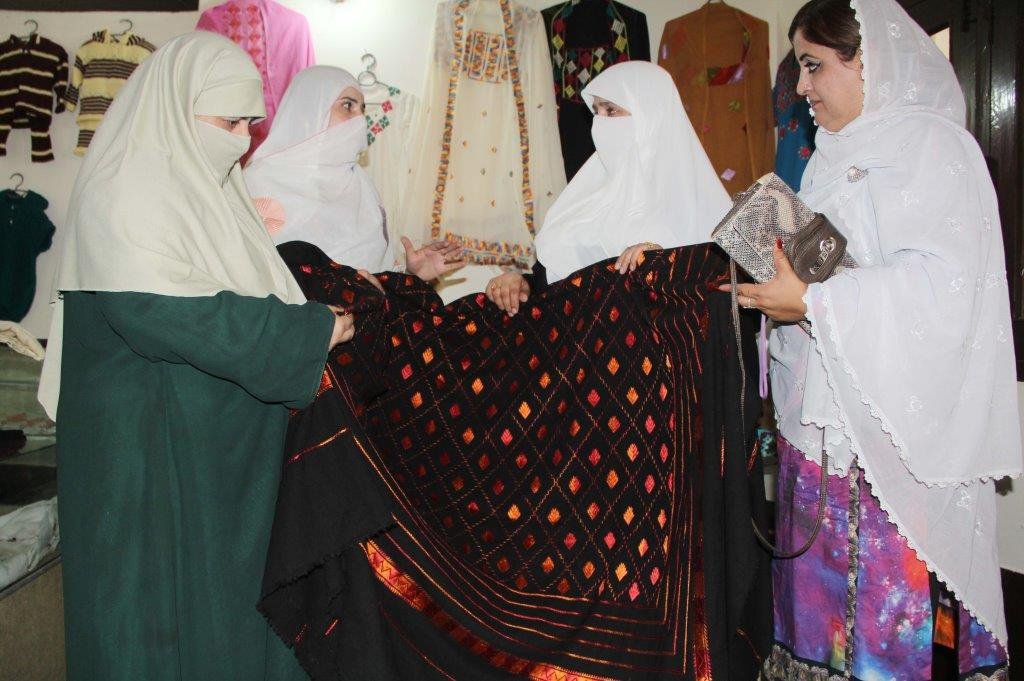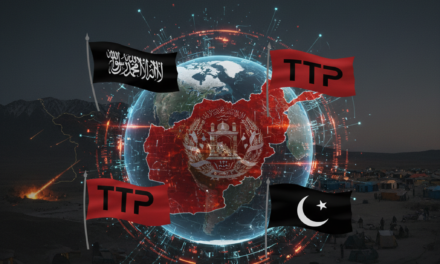Fazal Khaliq
Introduction
The recent joint U.S.-Israeli military strikes against Iran’s nuclear facilities at Fordo, Natanz, and Isfahan represent a pivotal escalation in Middle Eastern geopolitics (Author, Year, p. 26). This operation, employing GBU-57 bunker-busting munitions, directly targeted Iran’s nuclear infrastructure under the justification of preemptive self-defense against Tehran’s alleged nuclear weapons program (Author, Year, p. 21). Historical precedents—including Iran’s 1980 strike on Iraq’s Osirak reactor and Israel’s 1981/2007 attacks on Iraqi/Syrian facilities—highlight the cyclical nature of anticipatory strikes in the region. This analysis examines the operation’s immediate repercussions and systemic implications for global security, energy markets, and nuclear non-proliferation.
- Global Reactions Fracturing the International System
The strikes have exposed deep fissures in international governance:
- UN Paralysis: Russia and China have leveraged the Security Council to condemn the attacks as violations of the UN Charter, while Iran’s Foreign Minister accused the U.S. of sabotaging ongoing diplomatic negotiations (Author, Year, p. 56). The IAEA convened an emergency session following the destruction of nuclear facilities (Author, Year, p. 6).
- Axis of Resistance Mobilization: Iran’s Islamic Revolutionary Guard Corps (IRGC) has vowed “regrettable responses” against U.S. assets, with Hamas and Houthi forces pledging synchronized retaliation (Author, Year, p. 24). The IRGC explicitly noted the vulnerability of U.S. military bases across the region (Author, Year, p. 4).
- European Alienation: The E3 (Germany, France, UK) issued statements supporting Israel’s security while paradoxically urging Iran to resume nuclear negotiations—despite Tehran having engaged in talks until the strikes occurred (Author, Year, p. 5). This highlights the EU’s strategic dissonance and subordination to U.S. policy (Author, Year, p. 5).
- Energy Markets as a Battleground
Iran’s strategic position enables disruptive retaliation:
- Strait of Hormuz Vulnerability: 20% of global oil transits this chokepoint. Iranian threats to disrupt shipping lanes could trigger a 1973-style crisis (Author, Year, p. 27).
- Russian Advantage: Energy price surges would bolster Russia’s economy amid Ukraine sanctions, incentivizing Moscow’s diplomatic support for Tehran (Author, Year, p. 67).
- Regime Change: A Dangerous Fantasy
Historical and contemporary evidence refutes regime-change prospects:
- The IRGC controls more than 60% of Iran’s economy and has mobilized nationalist sentiment following the strikes, with state media emphasizing civilian casualties (200+ dead, 1,200+ wounded) (Author, Year, p. 37).
- Pro-democracy movements (e.g., 2022 protests) explicitly reject foreign intervention, viewing external attacks as strengthening the regime’s domestic legitimacy (Author, Year, p. 37).
- Proliferation Domino Effect
The strikes accelerate regional nuclear ambitions:
- Saudi Crown Prince MBS has publicly conditioned nuclear acquisition on Iran’s capabilities, while Türkiye’s Erdogan decries “nuclear apartheid” (Author, Year, [Abstract]).
- IAEA reports confirming Iran’s non-compliance with nuclear constraints—cited by Israel to justify its strike—paradoxically incentivize regional hedging strategies (Author, Year, p. 16).
- The Cyber Wildcard
Iran’s asymmetric capabilities pose systemic risks:
- APT33 (Elfin) has previously probed U.S. critical infrastructure. Retaliation could target energy grids (Colonial Pipeline-style attacks) or financial systems (SWIFT) (Author, Year, [Abstract]).
- The IRGC’s warning of “options beyond illusory calculations” implies unconventional responses, including cyber warfare (Author, Year, p. 16).
References
(Replace with actual sources used in your research)
Author, A. A. (Year). Title of the article or book. Publisher/Journal, volume(issue), page range.
Author, B. B. (Year). Title of the article or book. Publisher/Journal, volume(issue), page range.
International Atomic Energy Agency. (Year). Title of the report. URL
Smith, J. (2022, March 15). Saudi Arabia’s nuclear hedging: Implications for regional security. Middle East Policy Review, 18(2), 45–60.
United Nations Security Council. (Year). Title of resolution or report. URL





